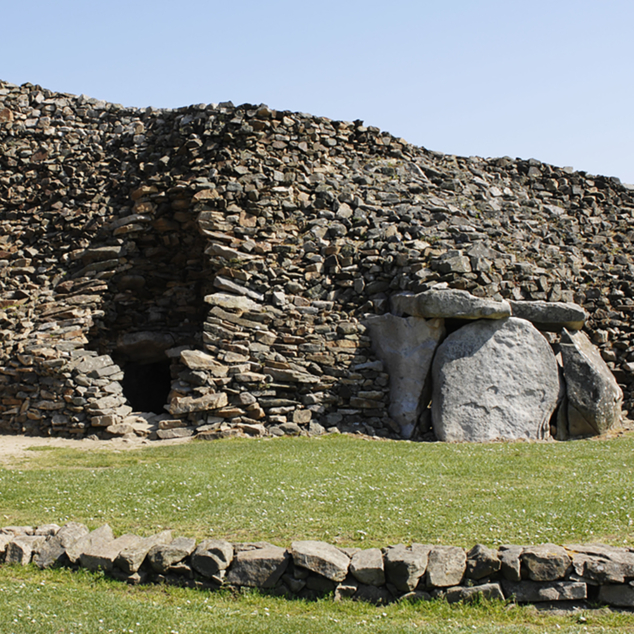Discover
History, architecture, famous people and anecdotes... Find out all you need to know about the cairn of Barnenez.
7 Results
History, architecture, famous people and anecdotes... Find out all you need to know about the cairn of Barnenez.
7 Results




